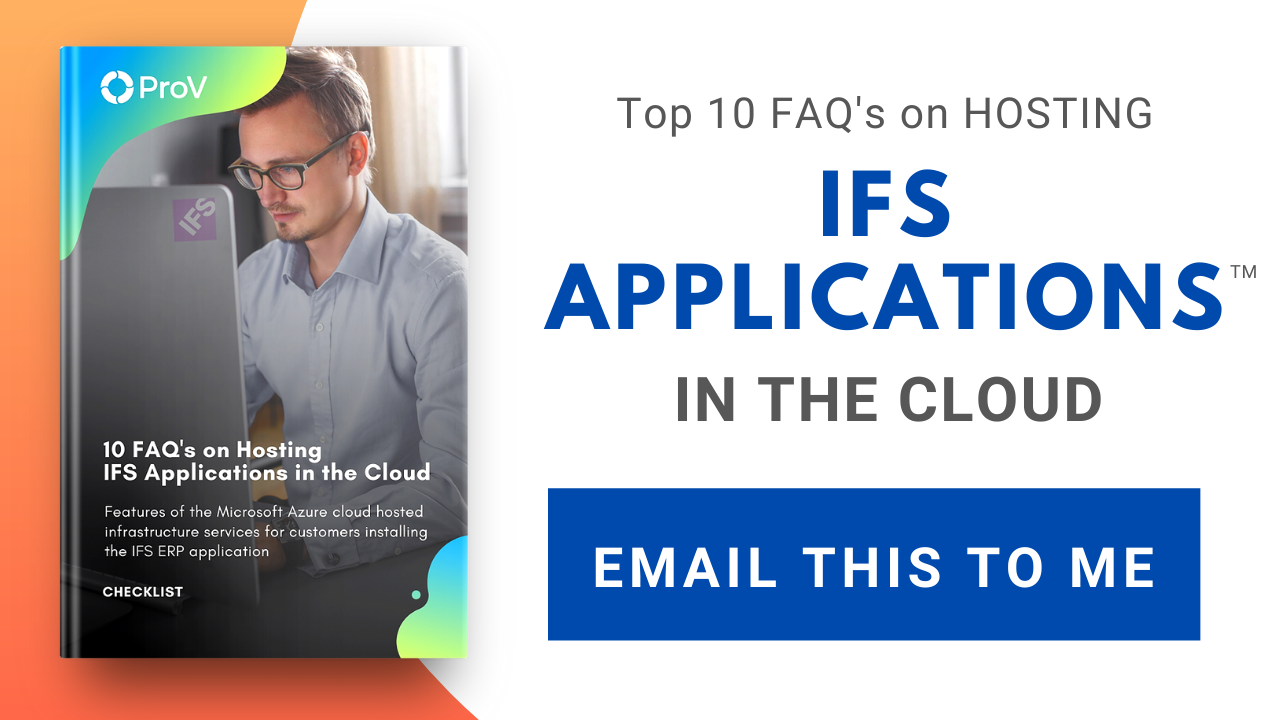With features like single screen data performance, content customization, the ability to access it from anywhere, and live message feed notifications, there's never been a better time to upgrade your ERP—a common choice for a business back-end upgrade. Over the years, we have realized, however, that the successfully planning, implementating, and supporting the modernizing of an ERP system can be very expensive. That is why we have decided to share a short list of actions that have proven successful in lowering the costs of our implementations. Let's go through a few of these tips for lowering your ERP upgrade cost by more than 20%.
1) Blueprints
You need a plan and foundation for your implementation to be successful. Though this seems like an obvious choice for many, in an effort to save money, some companies choose to begin transitioning to a new ERP system without taking this key step, which can be counterproductive. A blueprint allows you to analyze your current setup and define a functional and low cost execution plan, ultimately providing the following benefits:
- Blueprints allow you to document the company's project goals and objectives.
- Blueprints allow you to prepare a well-grounded and detailed implementation plan.
- Blueprints allow you to schedule projects and manage the implementation sequence.
- Blueprints allow you to define business processes and organization structural changes.
- Blueprints allow you to coordinate a cost-effective and organizationally effective roll-out plan.
2) On-Demand Test Beds
You should create an eLab / test bed that will help you to deploy a copy of your applications for testing, development, and automatic upgrades. A good amount of time must be spent building a test environment to minimize the chance of finding defects in the future. Simplicity in these environments is essential. A complex test configuration can also delay other tasks within your company.
3) Offshore Centers of Excellence (COE)
Most ERPs will allow you to implement a Customer Relationship Management (CRM) solution quickly and cost-effectively. Once you set up and implement the right tools that help simplify your company's business processes, you must make sure your support team is working alongside your platforms. One of the most cost-effective ways to do this is to set up an offshore COE for applications, life cycle services, support, and help desks, which allow you to:
- Have better revenue realization and enhanced ROI
- Lower labor costs and increase the realization of economics of scale
- Tap in to a knowledge base for better innovation
- Free the time of management concerned about outsourced routine activities
- Increase the speed and the quality of delivery of outsourced activities
- Reduce cash outflow and optimize resource utilization.
What other strategies have helped you saved money when upgrading IFS Applications or other industry ERPs implementations? Share your thoughts and experiences with us in the comments below. If you'd like more information on ERP Upgrades and implementation, contact us today for a free assessment.

